Homeowners typically use drywall screws to attach wallboards to studs, but the unique design of the screws makes them suitable for many other unexpected tasks. You can use their toothy threads and trumpet-shaped heads to snake drains, hang lights, or even silence squeaky floors. Read about 10 clever uses for drywall screws in our guide below.
Creating a Makeshift Paint Station
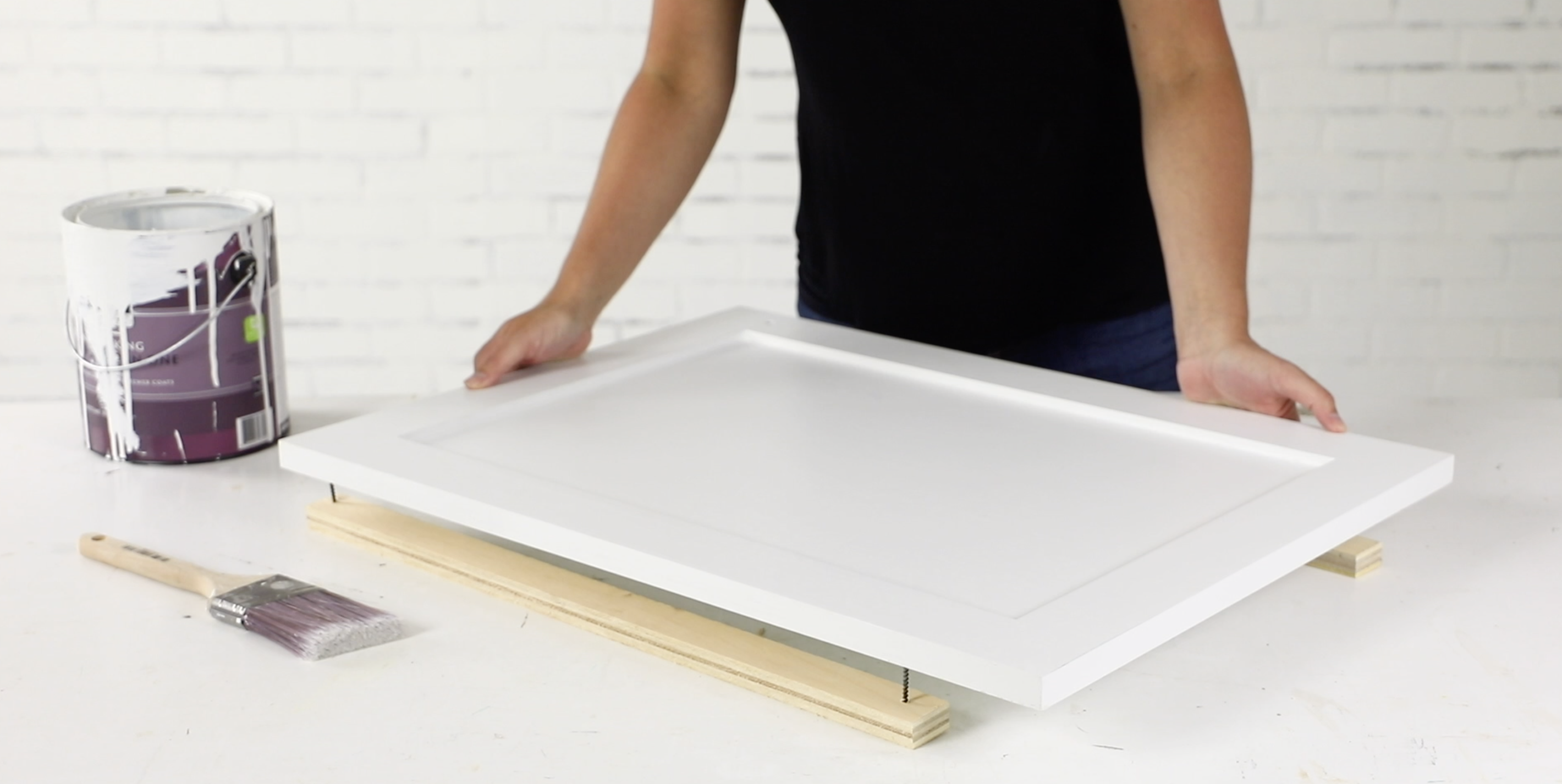
A makeshift drying rack can be useful if you’re painting cabinet doors or other small items. Here’s how to create one using drywall screws:
- Find a scrap board that’s large enough to accommodate your painted items.
- Drive one drywall screw through each corner of the board.
- Make sure screws protrude about 1/4 inch from the surface.
- Rest your freshly painted items on the four screw points to dry.
This simple setup allows air to circulate around the painted surfaces, promotes even drying, and prevents sticking.
Replacing a Punch for Tile Drilling
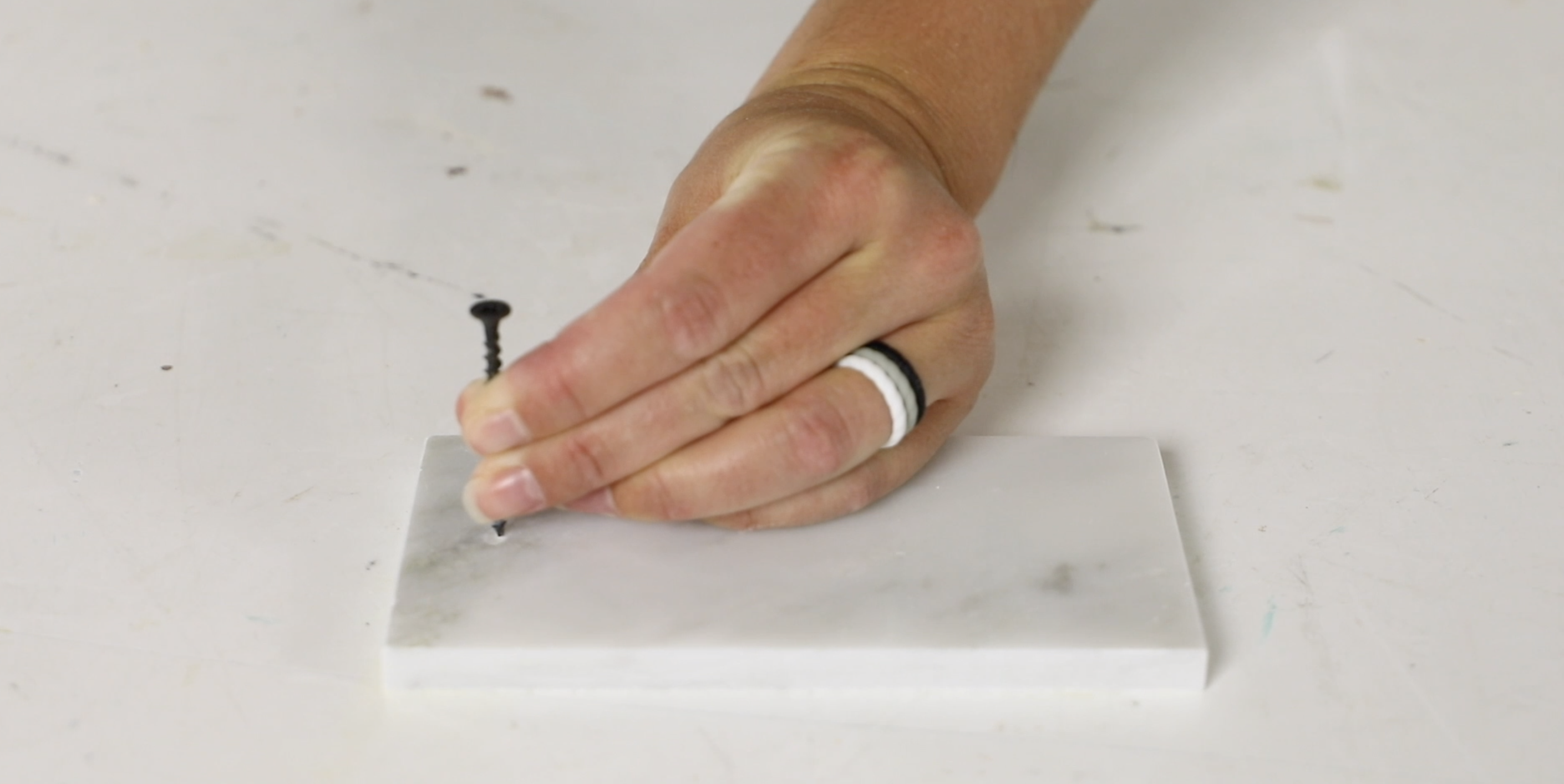
Drills can occasionally slip when you’re drilling into tile, which makes starting a precise hole especially challenging. Drywall screws can help you to solve this problem. Here’s how to use them:
- Select a 2-inch drywall screw.
- Position the screw at your desired drilling point on the tile.
- Gently tap the screw with a hammer to create a small chip or indentation.
- Use this indentation to guide your drill bit, and start drilling.
Snaking a Sink Drain
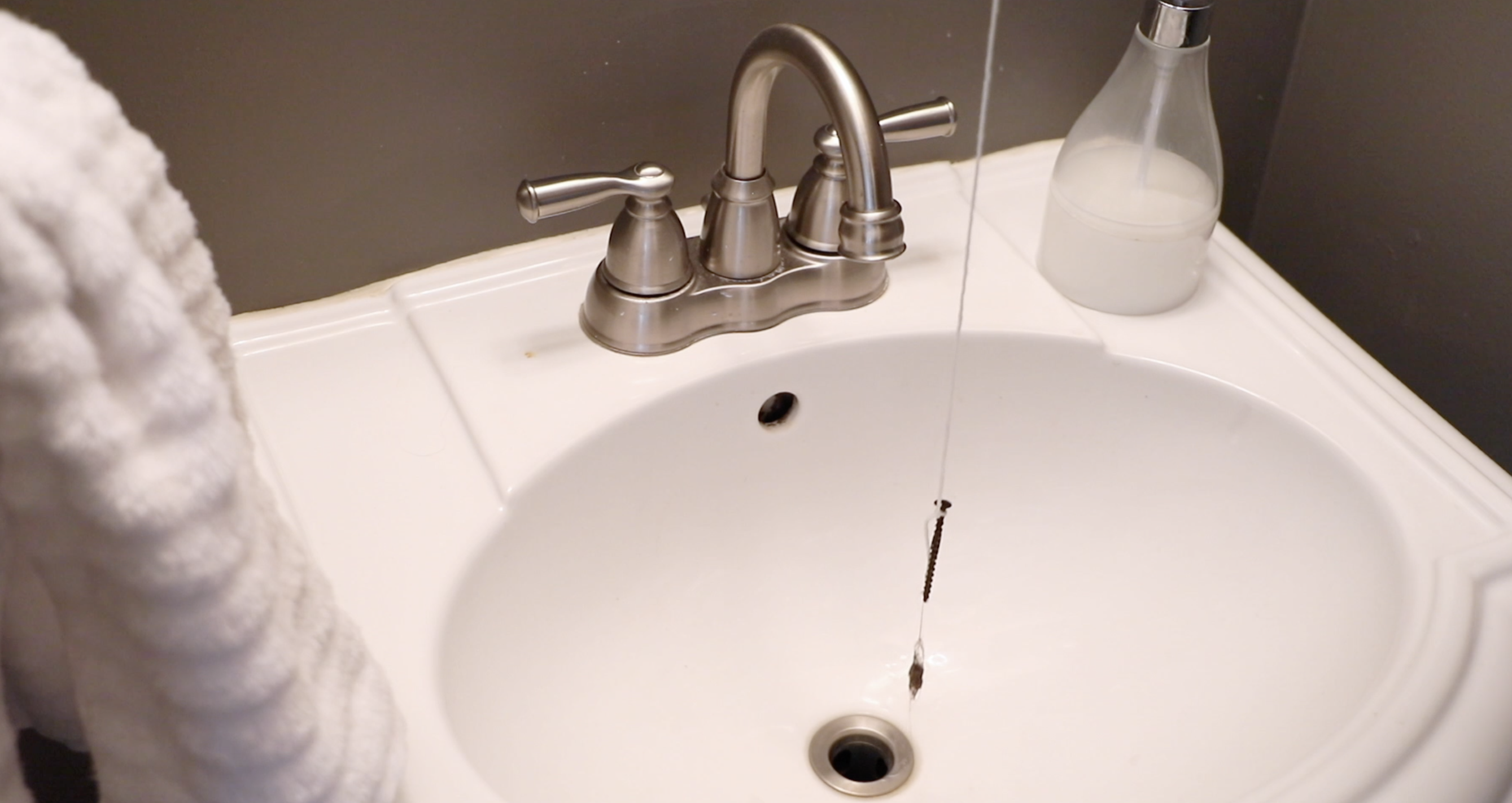
A drywall screw can serve as an effective and inexpensive drain snake for minor clogs in sinks. Follow the steps below.
- Tie string to a drywall screw.
- Lower the screw into the drain.
- Twirl the string to rotate the screw in the drain.
- Slowly pull the screw back up.
- Repeat as necessary until the clog is cleared.
Crafting a Simple Trammel
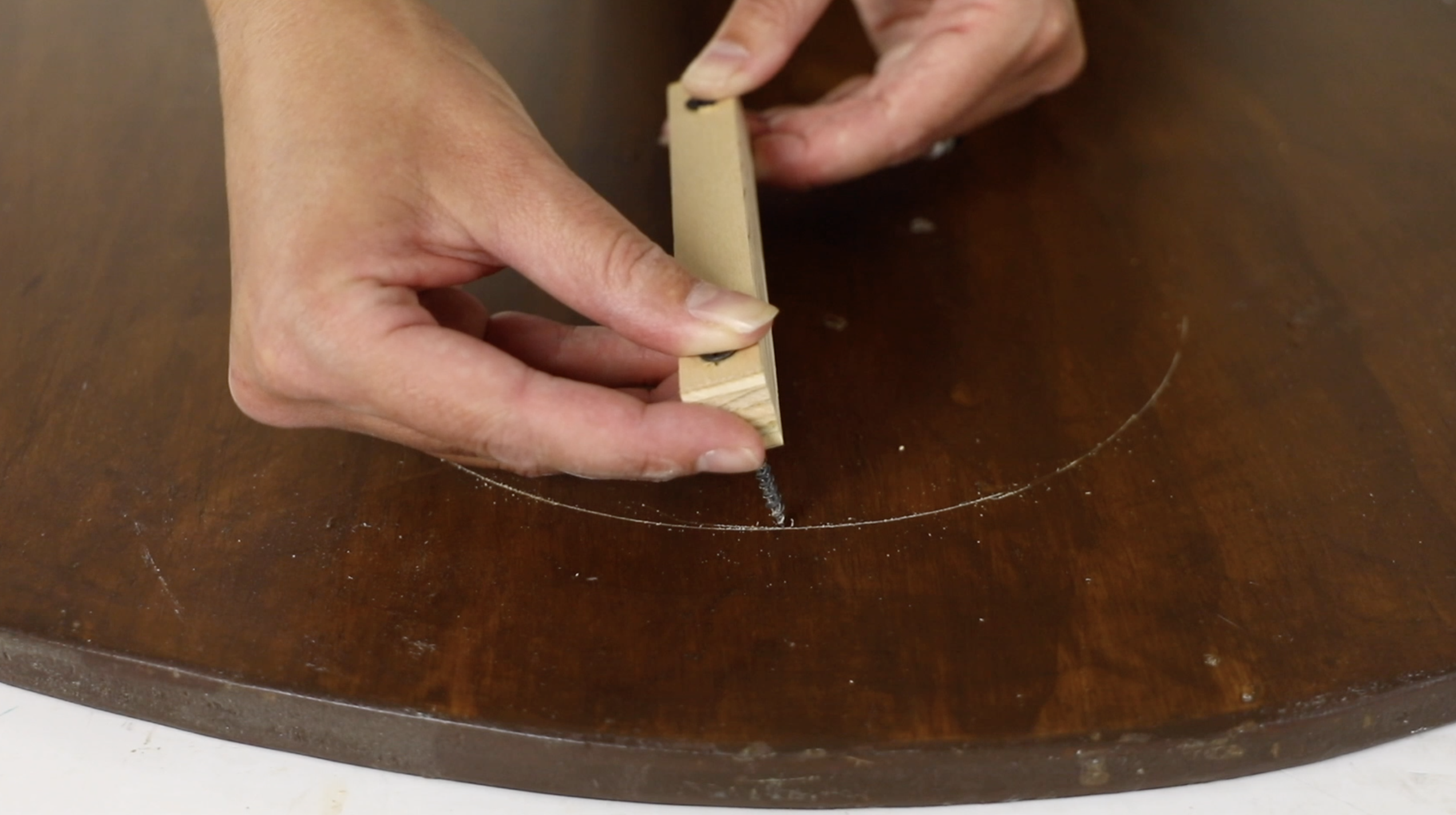
A trammel is a tool that helps users draw perfect arcs or circles. Here’s how to make one using drywall screws:
- Find a strip of wood that’s slightly longer than your desired radius.
- Drive two drywall screws through the wood that are separated by the length of your desired radius.
- Make sure both screw points protrude equally from the wood.
- Use one screw as a pivot point, and the other to scratch your arc or circle.
Use this homemade trammel to mark curved cuts or create circular designs in woodworking projects.
Pre-Drilling Pilot Holes
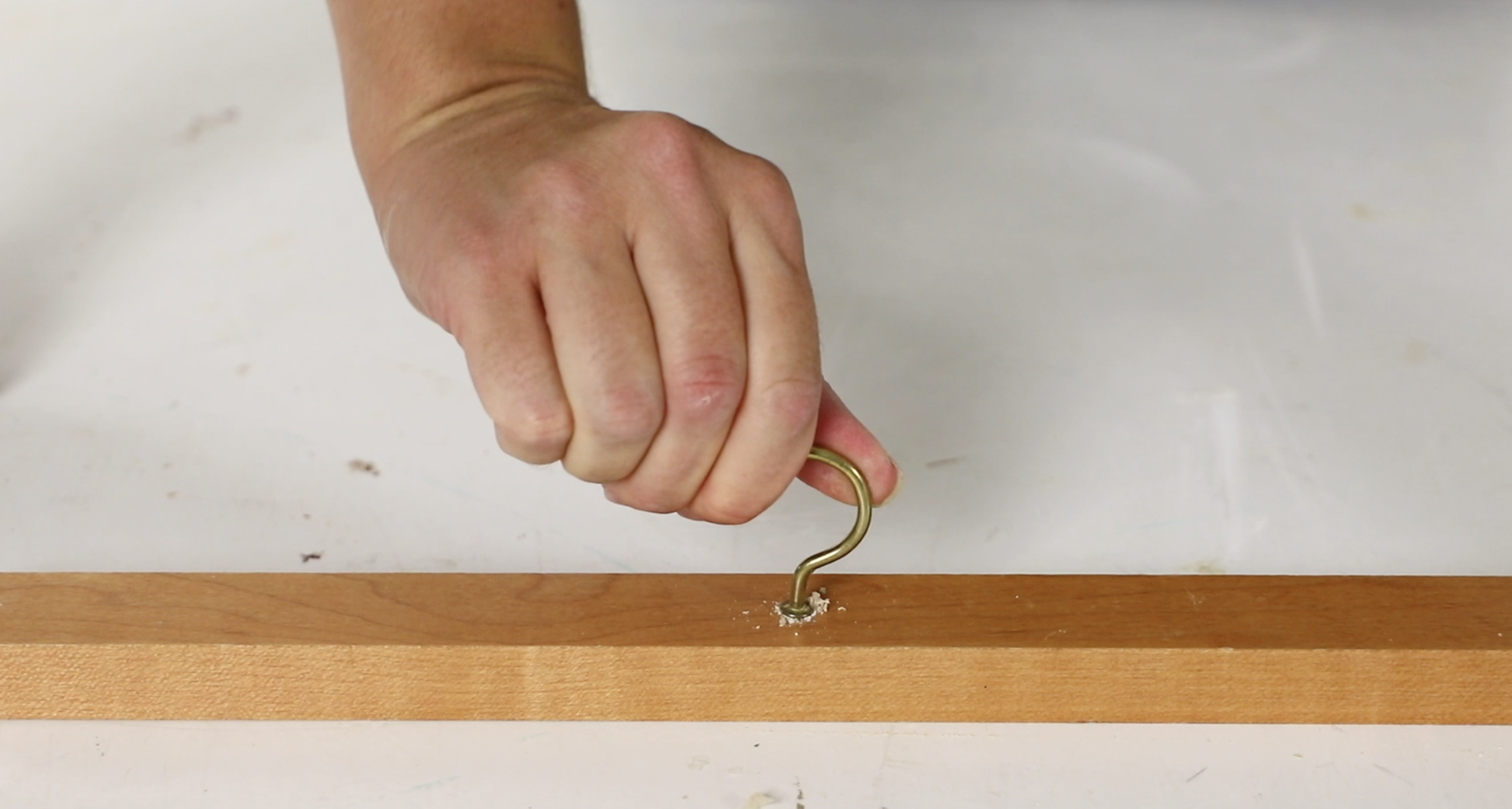
If you need to create a pilot hole but don’t have the right drill bit on hand, use a drywall screw. Choose a drywall screw that’s slightly smaller than your intended fastener. Carefully drive the screw into the material using a screwdriver or drill. When you remove the screw, you’ll be left with a perfect pilot hole. This method works well for pre-drilling paths for large hand-turned hooks, eye screws, and lag bolts.
Silencing Squeaky Floors
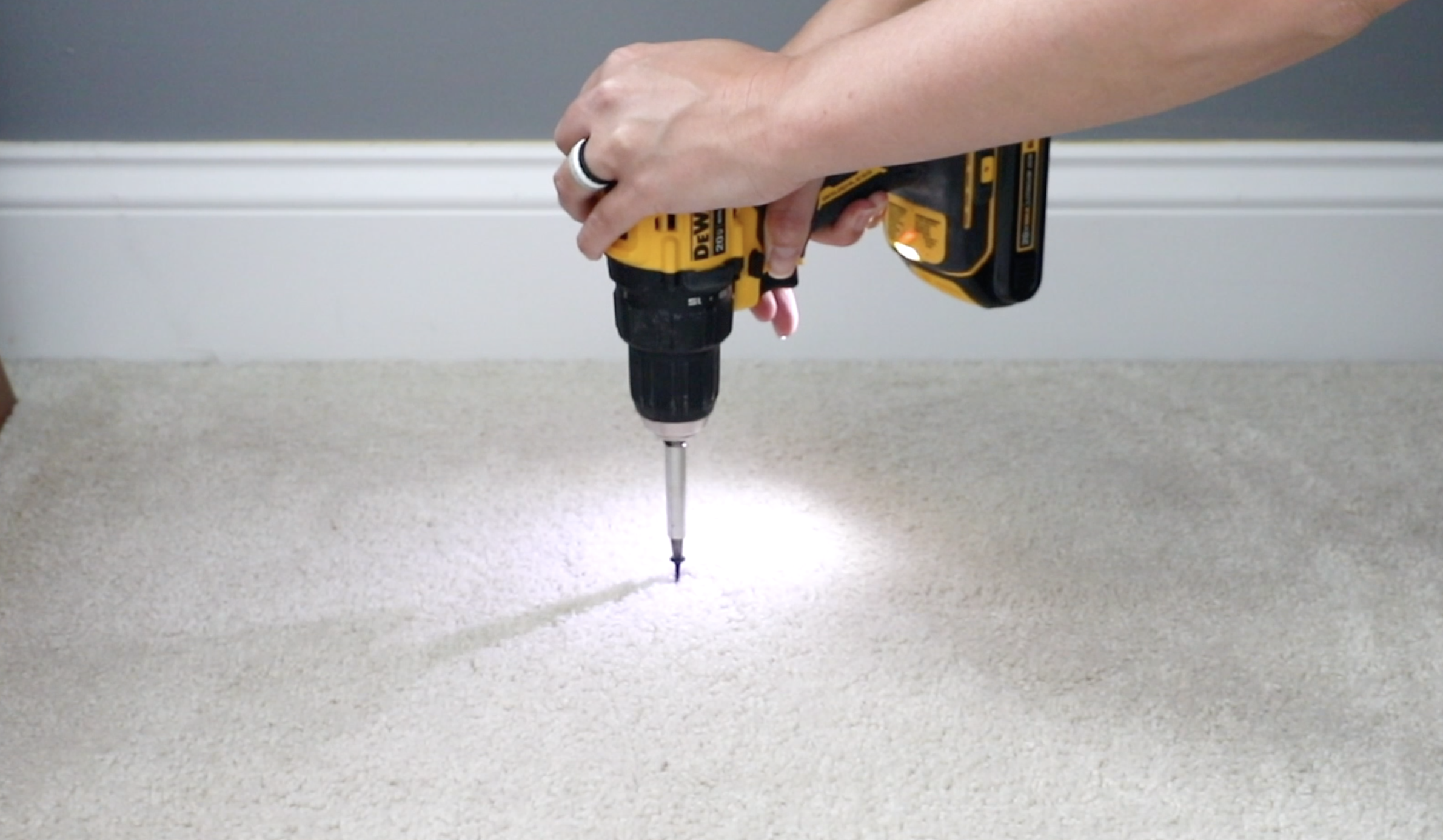
Floors that creak beneath carpeting can be a nuisance, and drywall screws can help. Locate the source of the squeak, which will probably be near a spot at which the floor meets a joist. Drive a 2-inch drywall screw through the carpet so that it travels 1 1/2 inches into the joist. Use a hammer to snap off the screw head below the carpet pile.
Creating a Reusable Sealant Stopper
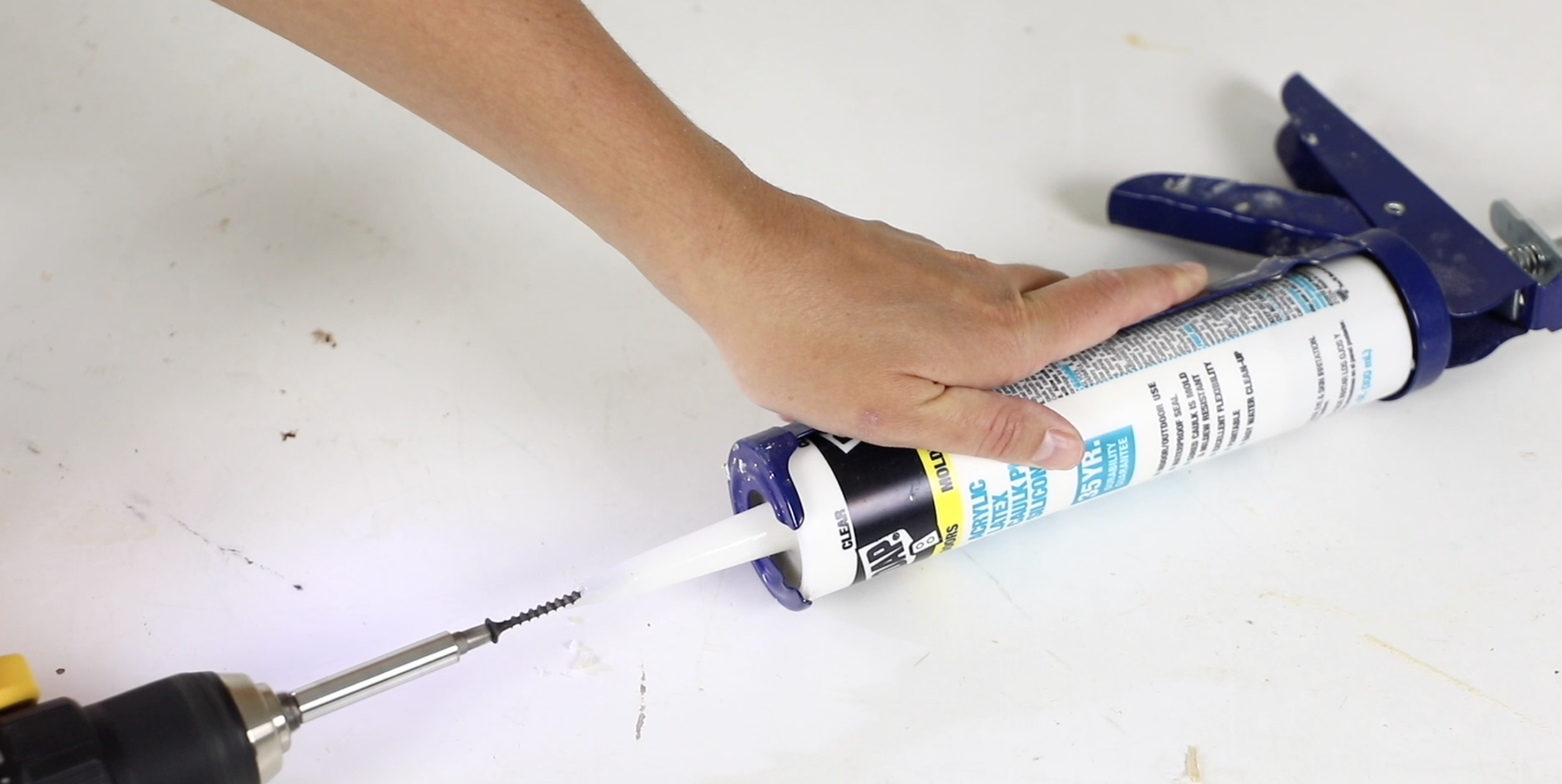
Drywall screws can help to extend the lives of glue or caulk tubes that you’ve opened. Start by cleaning a tube’s nozzle, then drive a drywall screw into the nozzle opening. Leave the screw in place to create a screw-off top. This method seals the tube and clears any blockages.
Hanging Light Objects
Use drywall screws to hang lightweight items on drywall, such as lights or pictures. Mark your desired hanging spot on the wall, and drive a drywall screw through the mark. Leave about 1/4 inch of the screw protruding, onto which you can hang your item. This method works well for lightweight frames, small mirrors, or decorative items that weigh less than 10 pounds.
Creating Custom Spacers
Drywall screws can serve as makeshift spacers for projects that require consistent spacing. Follow the steps below.
- Determine the spacing distance you need.
- Select drywall screws with lengths that match this distance.
- Place the screws between items to maintain even spacing.
- Remove the screws once you’ve secured the items in place.
Marking Drill Depths
Improve the precision of your work by using drywall screws to mark drill depths. Measure the desired depth on your drill bit, and place a drywall screw next to the bit. Wrap a piece of tape around both the bit and screw. Remove the screw, and leave the tape as a depth marker on the drill bit. This simple trick can help you to improve the precision of your work.
